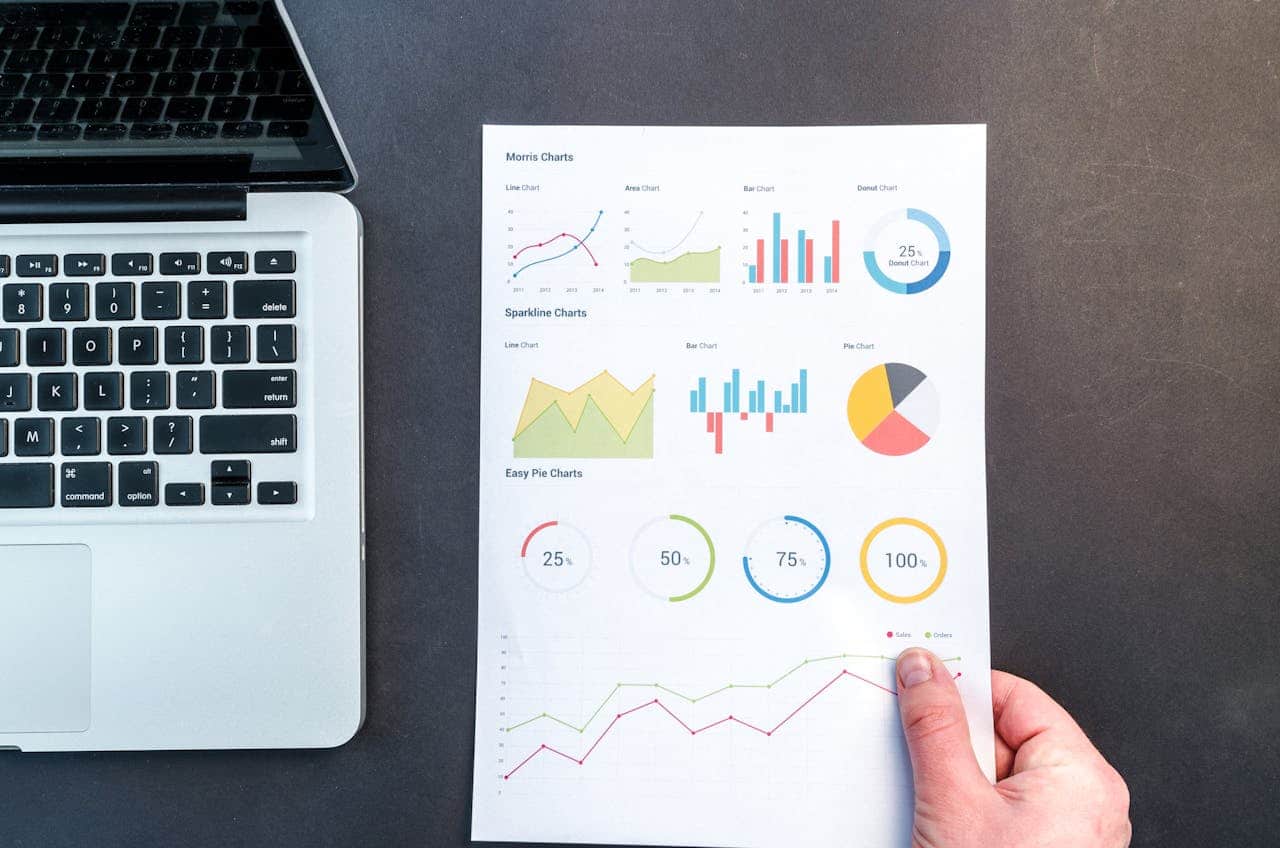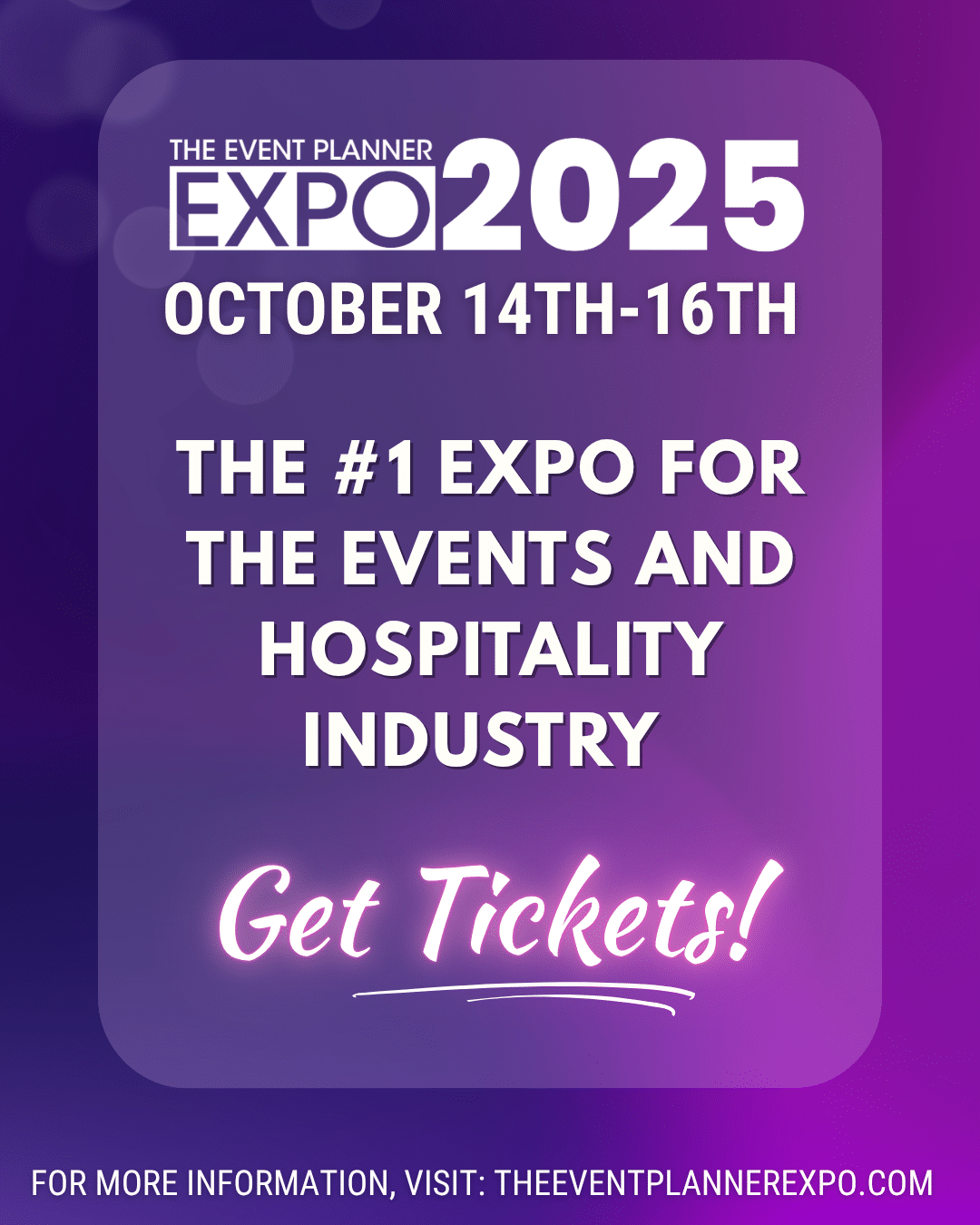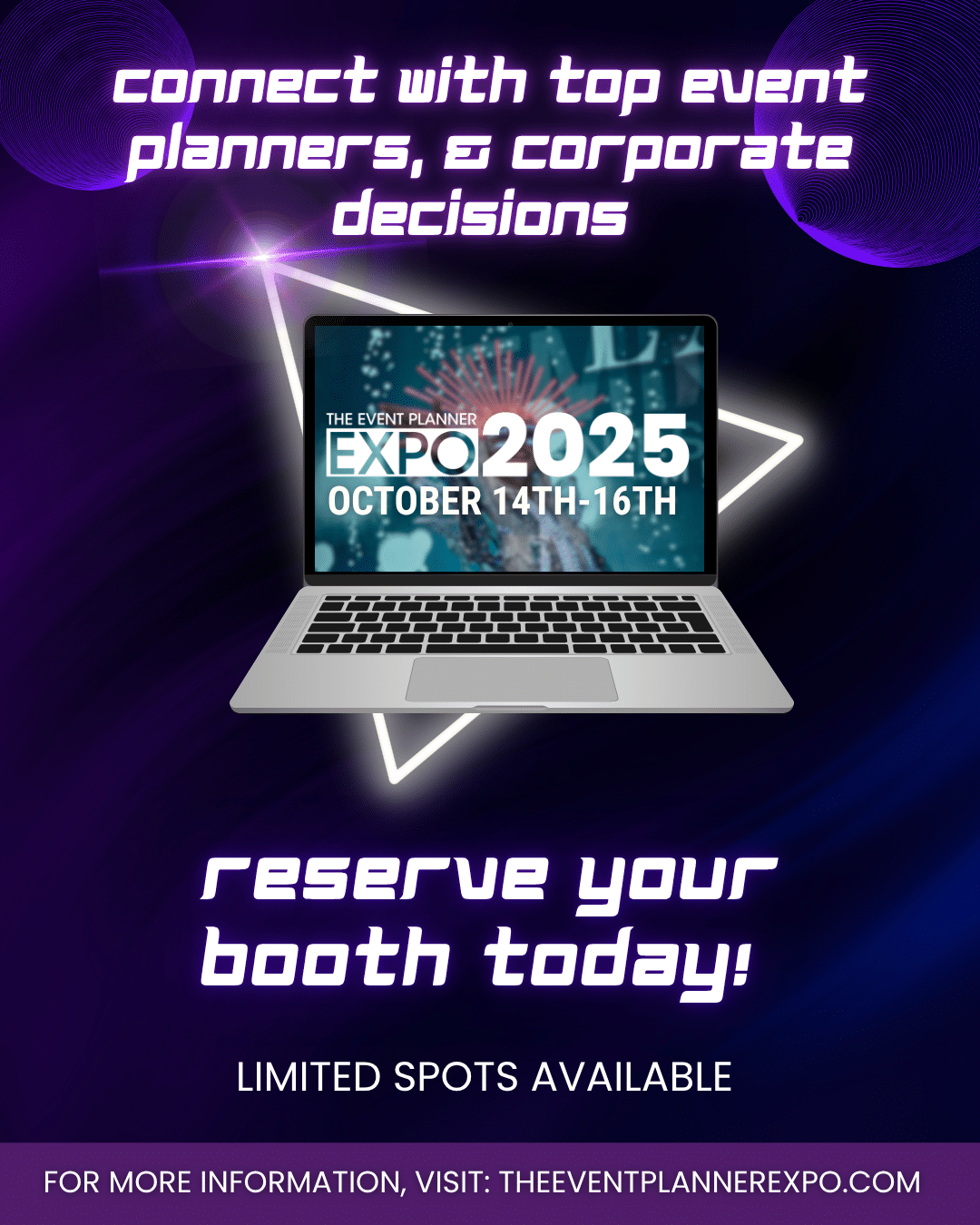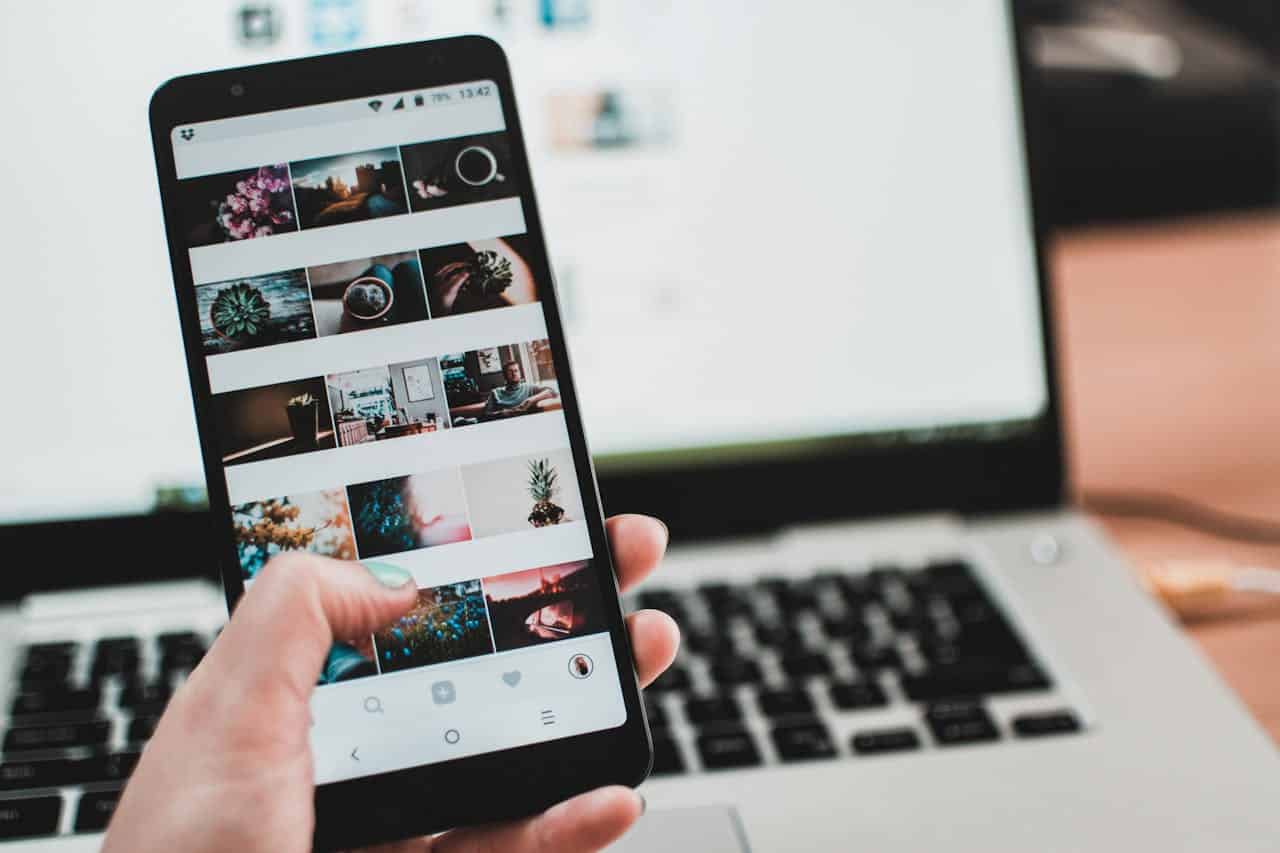Stop Guessing, Start Tracking
The best event marketers don’t just plan. They measure.
Data is your map to smarter messaging, higher ticket sales, and stronger ROI. When you track the right numbers at the right time, you gain powerful insights into what actually moves the needle.
Learn how to use analytics before, during, and after your event to refine your strategy, amplify results, and avoid expensive guesswork.
Start With Strategy: What Metrics Actually Matter?
“Likes” and “views” might feel good, but they don’t always drive results. Start by aligning your KPIs with the real goals of your event:
- Brand Awareness = impressions, reach, social shares
- Ticket Sales = conversion rate, click-through rate, revenue per channel
- Engagement = email opens, landing page dwell time, social interactions
- Retention = post-event surveys, follow-up response rates, repeat attendees
When your data supports your actual objectives, it becomes a tool, not just a report.
Pre-Event: Using Data to Optimize Your Promotion
Audience Targeting Insights
Look at past attendee data or CRM trends to refine your ideal guest persona. Separate first-timers from returning attendees so your messaging hits differently for each group. Segmented outreach often outperforms general blasts.
Email + Ad Performance Tracking
Test everything, including subject lines, button copy, and creative. Monitor open rates, CTR, cost-per-lead, and lead source attribution. Use A/B tests to find out what actually drives action. Small tweaks often lead to big payoffs.
Landing Page Behavior
Track bounce rate, scroll depth, and form drop-off. Heatmaps can reveal exactly where visitors lose interest or get confused. Use that insight to streamline copy, adjust CTAs, or restructure the page layout.
PRO Insight: Here’s something most marketers overlook: people’s attention span drops fast. If your most important info is buried below the fold, you’re losing conversions. Place your best CTA above the scroll. Reiterate it mid-page. Make it stupid-simple to register or learn more. Data doesn’t lie. It shows you where friction lives and gives you the chance to fix it before it costs you attendees.
During the Event: Real-Time Feedback That Fuels Better Experiences
Live Engagement Metrics
Track branded hashtags, story mentions, and live interactions. Real-time social listening reveals what people are loving (or skipping.) Monitor your event’s mobile app usage and push poll questions for instant feedback.
Onsite Behavior Analytics
Use QR codes, badge scans, or booth check-ins to measure foot traffic. Geofencing and heatmaps can uncover how attendees flow through large spaces. It shows where they linger, what they skip, and how to improve layout next time.
Content Performance in Real Time
Pay attention to session turnout and what gets the crowd buzzing online. Which speakers sparked the most posts? What visuals got shared? This tells you what people value most in the moment.
Post-Event: Use Data to Power Up Your Next Campaign
Survey Results and Sentiment Analysis
Combine numbers and narratives. Post-event surveys give you both qualitative and quantitative insight. Analyze scores, keywords, and feedback patterns. Spot promoters, detractors, and recurring issues fast.
Sales Attribution and Funnel Metrics
Measure which channels, sessions, or promotions generated the most revenue. Did your pre-sale email drive actual purchases? Which touchpoints moved people down the funnel?
Content Repurposing Based on Performance
Double down on what resonated. What photo album got the most shares? Which teaser video drove traffic? Use those insights to fuel your next content push.
Smart marketers don’t just post and pray. They analyze and amplify. Repurpose your top-performing visuals, testimonials, and soundbites into ads, reels, and case studies. This not only stretches your content’s lifespan. It ensures you’re putting your best material in front of new eyes who missed the event but are ready to buy next time.
Your event doesn’t end when the doors close. In fact, post-event data is often where the most valuable insights live. When you evaluate what resonated and what missed the mark, you’re optimizing.
- Analyze email engagement after the event.
- Look at which follow-up CTAs performed.
- Study drop-off rates on your recap video.
These touchpoints tell you more about audience behavior than any survey can. Use this info to shape your future calendar, themes, formats, and partnerships. The best events are built on feedback loops. Let every campaign become a case study for the next. If you’re not using your post-event analytics to influence your next pitch, you’re leaving ROI on the table.
Turning Insights Into Action: What to Tweak Next Time
Use what you learned to optimize everything. More budget to higher-converting channels. Adjust your message to mirror the themes that got the most engagement. Rethink timing–did 8am emails outperform 2pm blasts?
Track who clicked, who registered, and who ghosted. Build smarter drip campaigns or waitlists that reflect real behavior–not assumptions. Data turns vague “next time” ideas into sharp, actionable plans.
Pro Tips: Tools to Help You Track Like a Pro
- Google Analytics 4 – Track site traffic, goal completions, and registration flow
- Hotjar – Visual heatmaps and session recordings to diagnose landing page issues
- HubSpot/Salesforce – CRM tools to tie marketing activity to lead outcomes
- Sprout Social/Hootsuite – Social listening and engagement tracking
- Mailchimp/Klaviyo/ActiveCampaign – Email performance insights and automations
- Bizzabo/Cvent/Hopin – Event-specific platforms with powerful analytics suites
Let Data Shape Your Next Sell-Out Event
Analytics are essential. The best event marketers use data to double down on what works (and ditch what doesn’t.)
Want to learn more cutting-edge event marketing strategies? Reserve your high-vis booth at The Event Planner Expo 2025 → Get Your Booth Here!
Event Data FAQs
Q: What if I’m not a “data person”?
A: Use simple dashboards and start with just 2-3 key metrics. You don’t need to be a data scientist to make smart moves.
Q: How often should I check analytics?
A: Weekly during promotion, daily during the event, and 2-4 weeks after the event wraps.
Q: How do I know if something “worked”?
A: Compare results to your original goal: more attendees, better engagement, or higher ROI. If it moved the needle–track it and replicate it.







